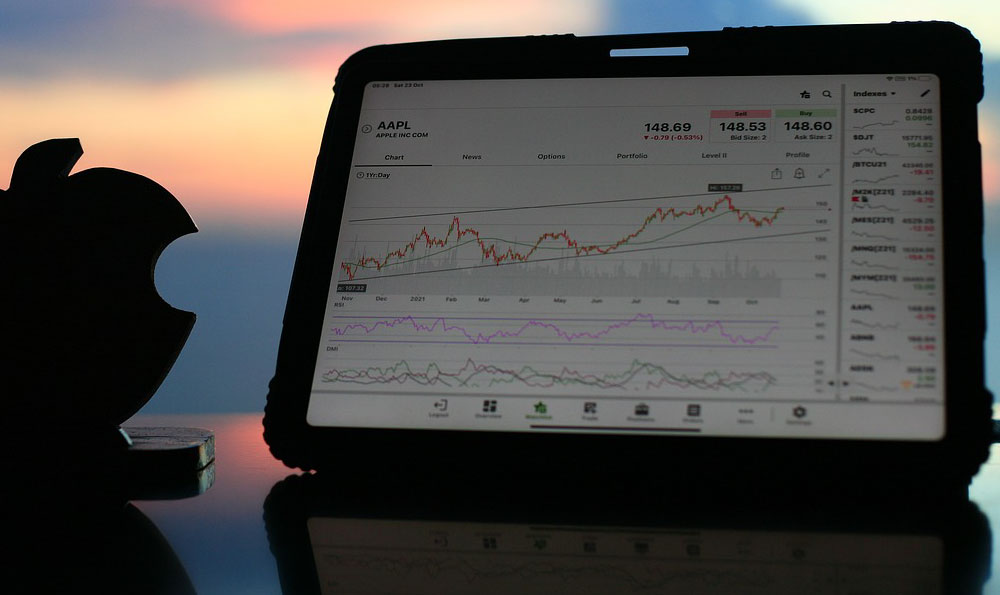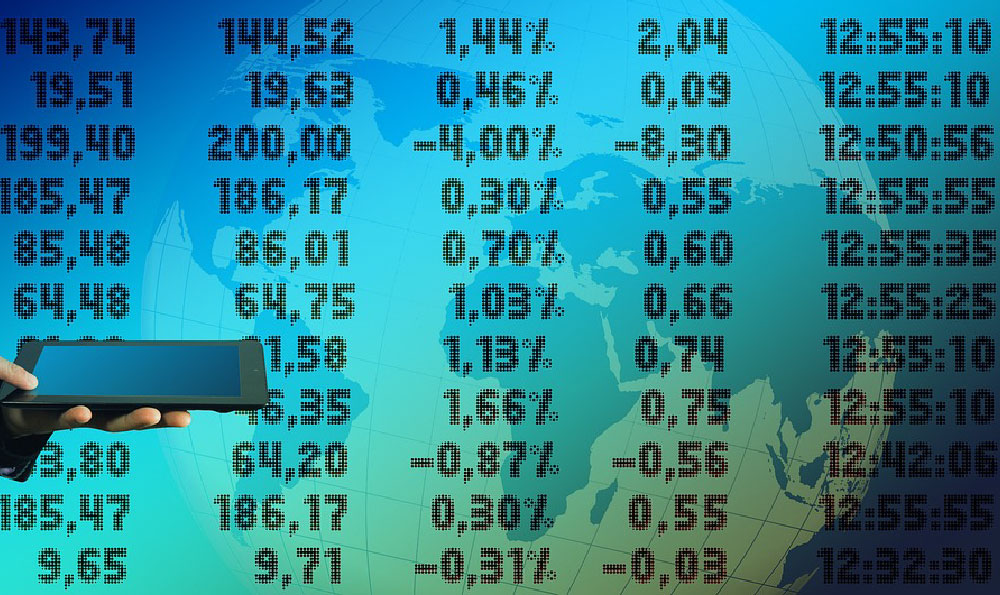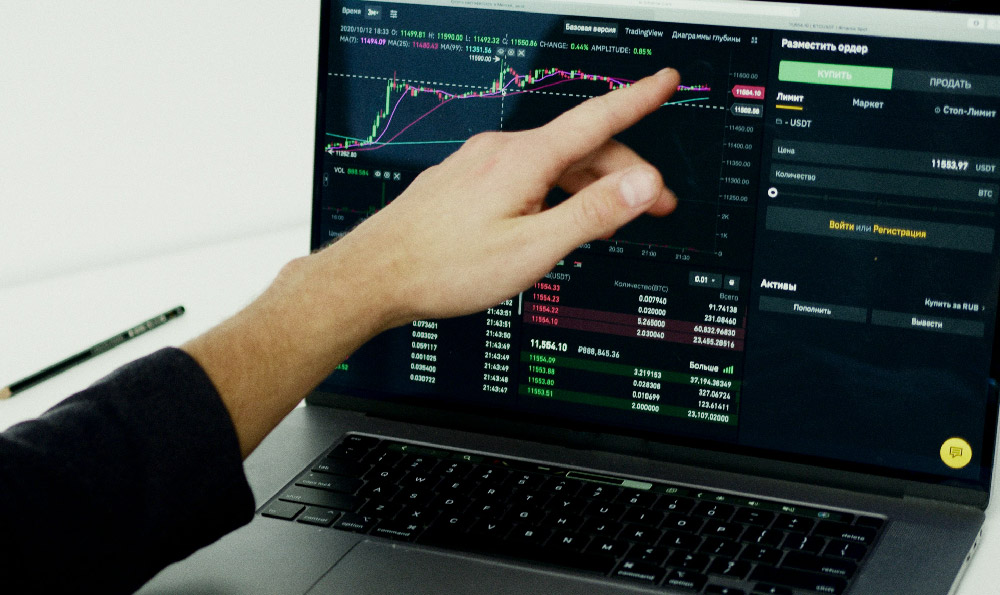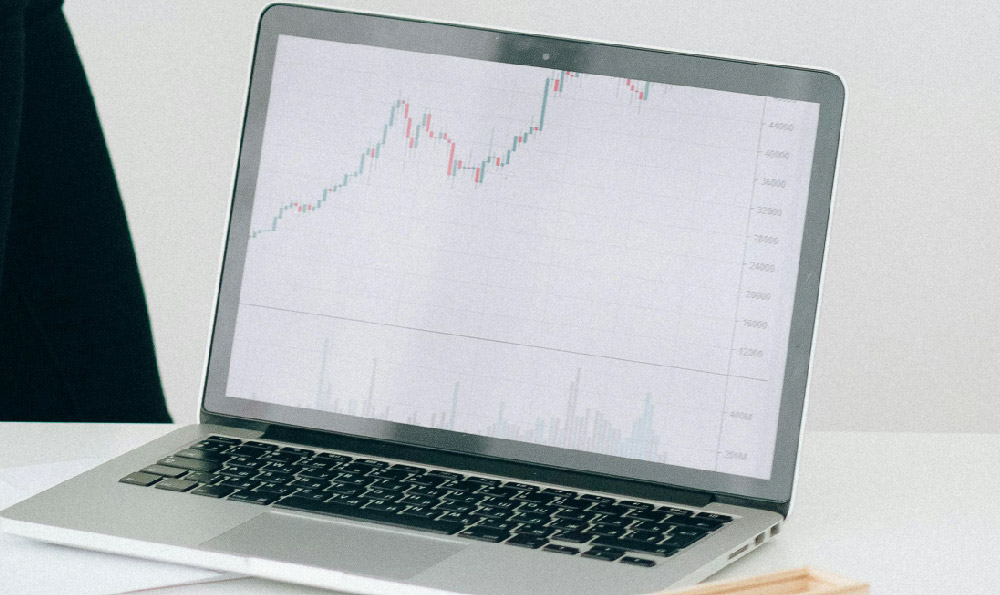DoorDash, a name synonymous with on-demand food delivery, has rapidly transformed the restaurant landscape and become a ubiquitous presence in cities across the globe. But beneath the surface of convenient deliveries and ubiquitous orange branding lies a complex financial picture. Understanding DoorDash's revenue and profitability is crucial not only for potential investors but also for anyone interested in the economics of the gig economy and the future of food service.
Let's delve into the intricate details of DoorDash's financial performance, dissecting its revenue streams, scrutinizing its cost structure, and analyzing its profitability (or lack thereof) to gain a clearer understanding of its overall financial health.
DoorDash's revenue generation primarily hinges on a multi-faceted approach, drawing income from various stakeholders in the delivery ecosystem. The first, and perhaps most obvious, source of revenue is the commissions charged to restaurants. These commissions, which typically range from 15% to 30% of the order value, represent a significant portion of DoorDash's earnings. The exact percentage varies based on several factors, including the restaurant's negotiation power, the level of service provided by DoorDash (e.g., marketing support, preferential placement in the app), and the overall market competition. Restaurants essentially pay for increased visibility and access to a wider customer base that they might not otherwise reach.

Secondly, DoorDash levies fees on customers, primarily through delivery charges, service fees, and, in some cases, surge pricing during peak hours. Delivery fees are fairly straightforward, representing the cost of transporting the food from the restaurant to the customer's doorstep. Service fees, on the other hand, are a more opaque charge, generally justified as covering the costs of operating the platform and ensuring the quality of the service. Surge pricing, implemented during periods of high demand, is designed to incentivize drivers (or "Dashers") to accept more orders and ensure timely deliveries. The revenue from these customer-facing fees contributes substantially to DoorDash's overall earnings.
Finally, DoorDash has diversified its revenue streams beyond just order delivery. DashPass, a subscription service, offers customers unlimited free deliveries for a monthly fee, fostering customer loyalty and generating recurring revenue. This subscription model not only provides a predictable income stream but also encourages users to order more frequently through the platform. Moreover, DoorDash has ventured into other areas like catering, grocery delivery, and even alcohol delivery, further expanding its revenue opportunities and solidifying its position as a comprehensive on-demand delivery service. This diversification strategy is crucial for long-term sustainability and reducing reliance solely on restaurant orders.
While DoorDash's revenue figures are undeniably impressive, painting a picture of rapid growth and market dominance, the profitability story is far more complex. DoorDash faces substantial costs associated with operating its vast delivery network.
One of the most significant expense categories is Dasher compensation. Paying drivers for their time, mileage, and wear and tear on their vehicles accounts for a sizable portion of DoorDash's operating expenses. Maintaining a reliable and motivated fleet of Dashers is essential for providing a consistent service, but it comes at a considerable cost. DoorDash also has to contend with varying labor laws and regulations, particularly concerning the classification of Dashers as independent contractors versus employees, which can have significant implications for its financial bottom line.
Another major cost component is marketing and sales expenses. DoorDash invests heavily in advertising and promotional activities to attract new customers, retain existing ones, and incentivize restaurants to partner with the platform. These marketing campaigns, ranging from online advertising to promotional discounts and partnerships with influencers, require significant financial resources. Competition in the food delivery market is fierce, with rivals like Uber Eats and Grubhub vying for market share, necessitating ongoing marketing efforts to maintain a competitive edge.
Furthermore, DoorDash incurs substantial technology and development costs related to maintaining and improving its app, developing new features, and ensuring the reliability and security of its platform. The company needs to continuously invest in technology to enhance the user experience, optimize delivery routes, and prevent fraud. These investments are crucial for staying ahead of the competition and adapting to evolving consumer demands.
Finally, general and administrative expenses, including salaries for non-Dasher employees, office space, insurance, and legal fees, contribute to DoorDash's overall cost structure. Managing a large and complex organization requires significant administrative overhead, which impacts profitability.
Despite substantial revenue growth, DoorDash has historically struggled to achieve consistent profitability. While the company has demonstrated periods of profitability, particularly during the peak of the pandemic when demand for food delivery skyrocketed, it has also reported significant losses in other quarters. The challenge lies in balancing revenue growth with cost control, particularly in the face of intense competition and fluctuating market conditions.
One of the key factors influencing DoorDash's profitability is the efficiency of its delivery operations. Optimizing delivery routes, reducing order errors, and minimizing wait times are all crucial for improving profitability. DoorDash is constantly experimenting with new technologies and strategies to enhance its operational efficiency, such as using artificial intelligence to predict demand and optimize driver allocation.
Another critical factor is the company's ability to negotiate favorable commission rates with restaurants. Increasing commission rates can boost revenue, but it can also alienate restaurant partners and lead them to seek alternatives. Striking the right balance between maximizing revenue and maintaining strong relationships with restaurants is essential for long-term success.
Moreover, the sustainability of DoorDash's business model depends on its ability to retain customers and encourage repeat orders. Investing in customer loyalty programs, providing excellent customer service, and offering a seamless user experience are all crucial for fostering customer loyalty and driving long-term revenue growth.
In conclusion, DoorDash's revenue is undeniably substantial, driven by commissions from restaurants, fees from customers, and its subscription service, DashPass. However, its profitability remains a work in progress, constrained by significant costs associated with Dasher compensation, marketing, technology development, and administrative overhead. The company's future success hinges on its ability to optimize its delivery operations, negotiate favorable commission rates, retain customers, and adapt to the ever-evolving landscape of the on-demand food delivery market. The path to sustained profitability requires a delicate balance between revenue generation and cost control, a challenge that DoorDash continues to navigate in its quest to become a dominant force in the future of food service.












